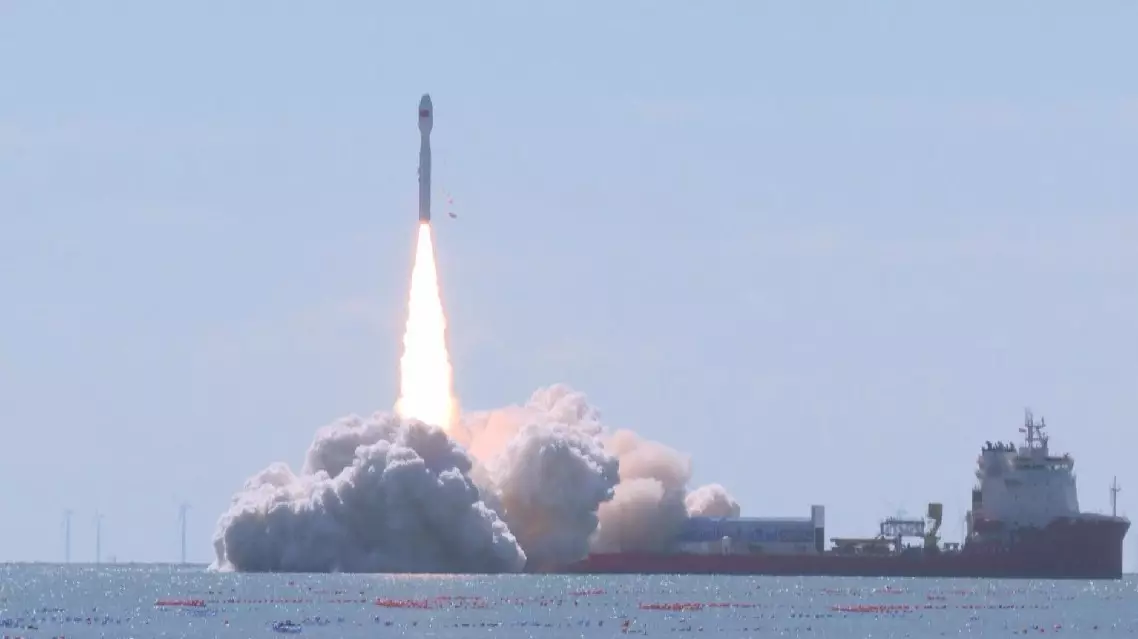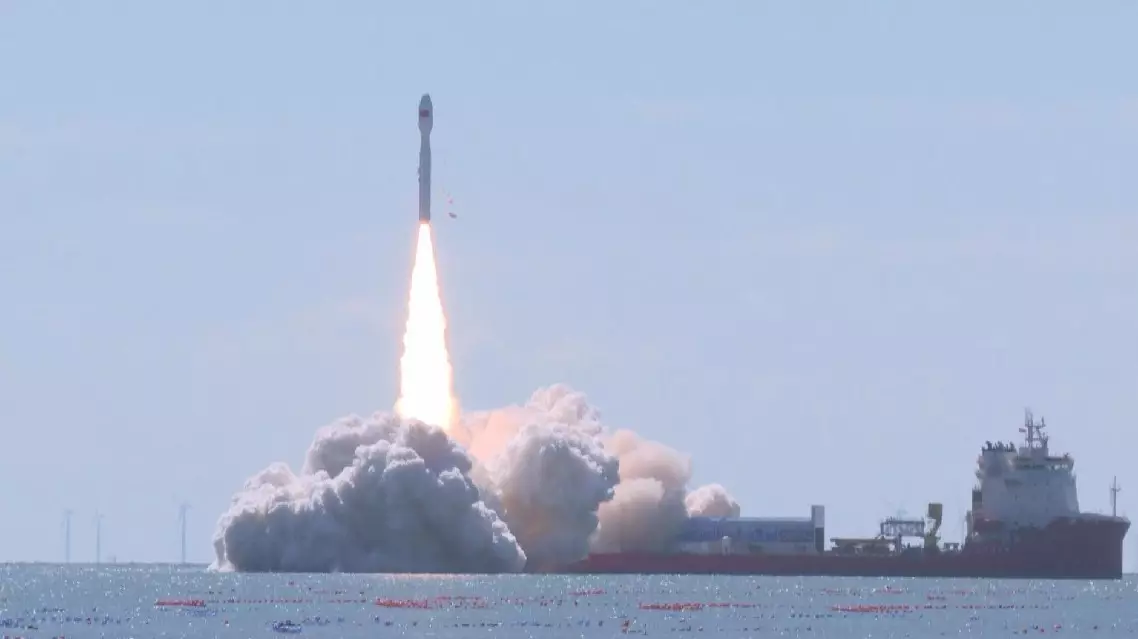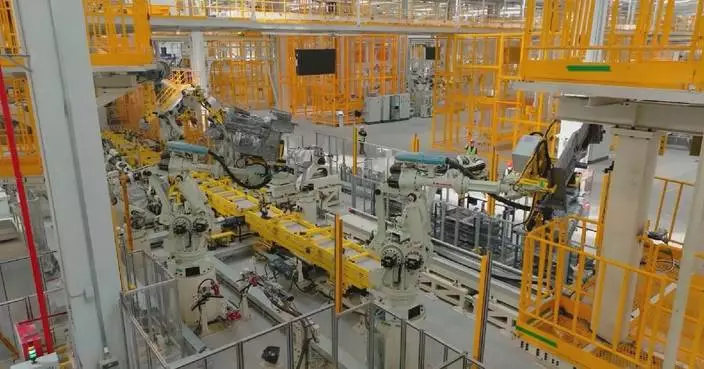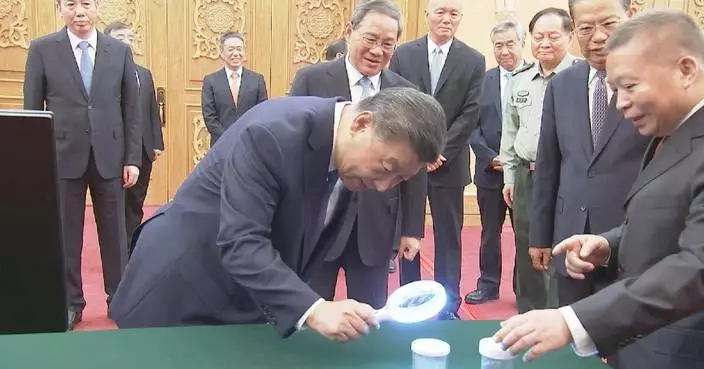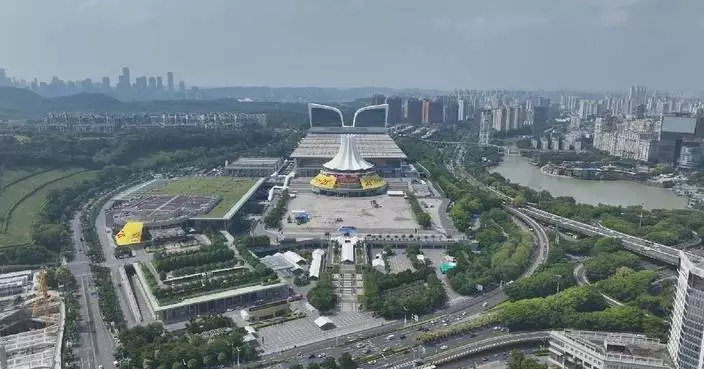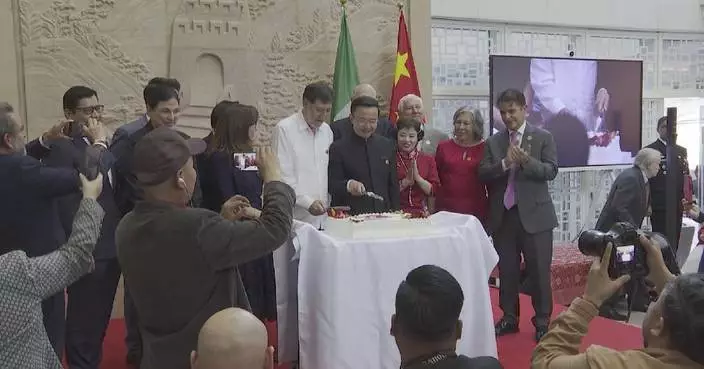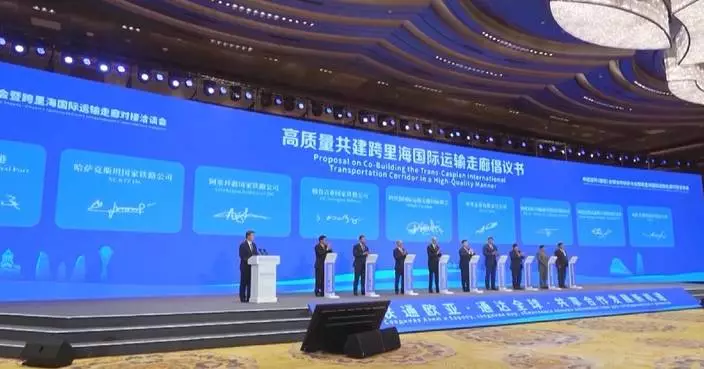The equipment renewal programs supported by treasury bonds this year have a total investment of nearly 800 billion yuan (about 113.7 billion U.S. dollars), enabling the upgrading of over 2 million sets of equipment, according to the National Development and Reform Commission (NDRC) at a press conference in Beijing on Tuesday.
China unveiled an action plan in March 2024 to implement the renewal program, aiming to expand domestic demand and bolster the economy. The Ministry of Finance has allocated 150 billion yuan (approximately 21.3 billion U.S. dollars) in ultra-long special treasury bonds to local governments in batches to support this initiative.
China's drive to promote equipment upgrades covers a wide range of areas including industrial equipment, environmental infrastructure, operating vessels, new energy buses and agricultural machinery, while consumer goods trade-ins involve products ranging from automobiles to home appliances and electric bicycles.
At the press conference, Liu Dechun, director of the Department of Resource Conservation and Environmental Protection of the NDRC, pointed out that the program has currently supported more than 4,600 projects across various fields, including industry, environmental infrastructure, transportation, logistics, education, cultural tourism, medical care, energy-using equipment, energy and electricity equipment, old elevators in residential compounds, and recycling.
"The potential for energy-saving and carbon-reducing transformations and equipment renewal in China remains significant. The primary purpose of extending the support scope of ultra-long special treasury bonds to the energy-saving and carbon-reducing transformation of key industries is to promote the upgrading of various energy-using equipment, accelerate the adoption of advanced technologies for energy savings and carbon reduction, and enhance overall energy-saving and carbon-reducing capabilities," said Liu.
From January to August this year, the transition of urban public transportation from conventional buses to electric buses (EBs), the renewal of old operating trucks, and the renewal of old operating ships increased significantly. The recycling volume of scrapped vehicles in China reached 4.21 million units, marking a 42.4 percent increase year on year, and accounting for more than 90 percent of the total number of scrapped vehicles last year.
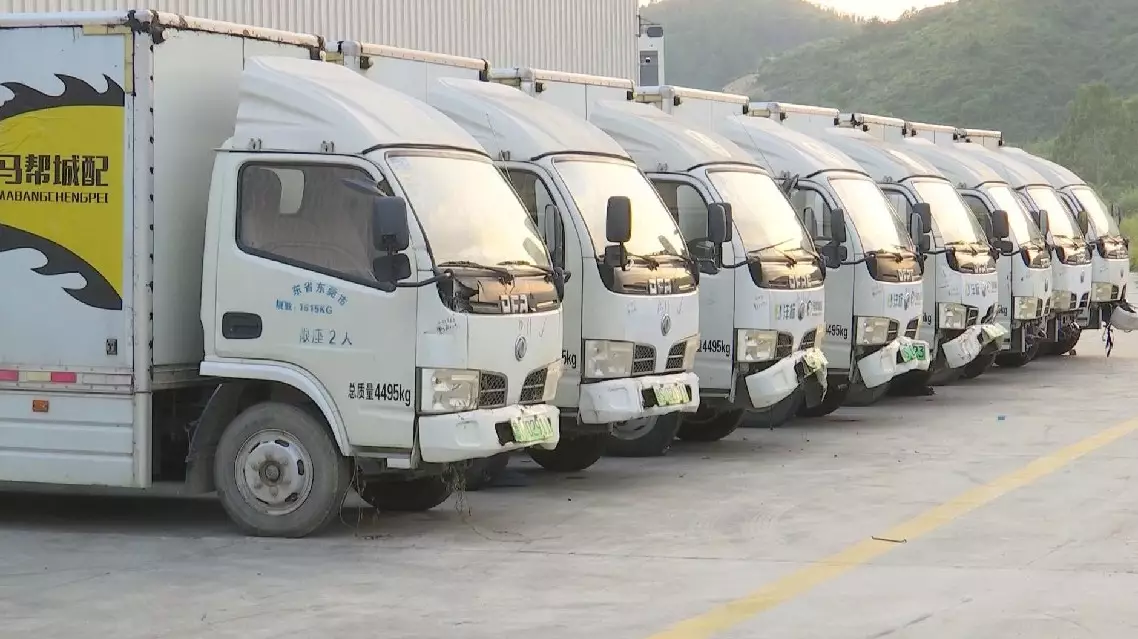
Investment of equipment renewal programs supported by treasury bonds reach 800 bln yuan


